Ariston washing machine jumps during spin cycle
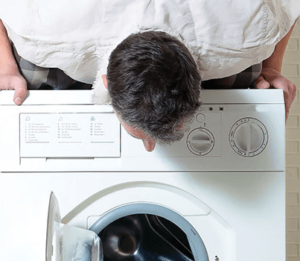 If the washing machine jumps during the spin cycle constantly and for no apparent reason, then the situation cannot be ignored. Seemingly harmless jumps lead to serious problems: firstly, serious problems are hidden behind them. Secondly, incessant vibration negatively affects the “insides” of the machine. It is not recommended to ignore the “dancing” machine - it can aggravate the problem, even leading to death. It is better to stop using it, identify the cause and eliminate it.
If the washing machine jumps during the spin cycle constantly and for no apparent reason, then the situation cannot be ignored. Seemingly harmless jumps lead to serious problems: firstly, serious problems are hidden behind them. Secondly, incessant vibration negatively affects the “insides” of the machine. It is not recommended to ignore the “dancing” machine - it can aggravate the problem, even leading to death. It is better to stop using it, identify the cause and eliminate it.
Why did the machine start moving?
A modern Ariston machine should not jump when washing. Vibration is allowed, but moderate and mainly at the spin stage. If the machine begins to shake, “run away,” and at the same time make a suspicious buzz or clang, it means that there is a failure in the system.
Several reasons can lead to unhealthy shaking:
- mistakes made when installing the washing machine;
- drum imbalance;
- non-compliance with the standards when loading the drum (both overload and underload);
- transport bolts not removed;
- foreign objects that have gotten into the washing machine (coins, keys, socks, hairpins);
- a depreciation system that has become unusable;
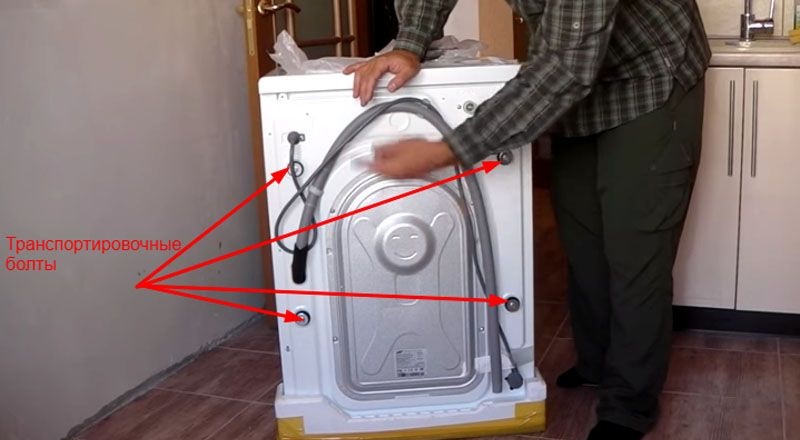
- worn bearings;
- damaged counterweights (loose fastenings, concrete cracking).
Normally, Hotpoint Ariston should not jump: weak vibration with amplification during spinning is acceptable.
Some of the reasons on this list can be eliminated quickly, while others will require a lot of effort and tools. In any case, you need to understand the design of the machine and remember safety precautions. The main thing is not to continue using the machine, hoping for “maybe”, but to carry out diagnostics and appropriate repairs.
Let's look for the problem
Having noticed that the machine has started jumping around the room, you need to find out why this happened and what to do to “calm down” the washer. The task is not difficult if you act consistently, moving from simple to complex. Therefore, it is recommended to first rule out imbalances, installation errors, stuck objects, and problematic shock absorption.
We start with the imbalance that most often causes the machine to “dance”. Despite the frequency, it is not difficult to notice and correct the imbalance of the drum. Firstly, the corresponding error code will be displayed on the display, and secondly, problems with the balance can be detected with the naked eye. They lead to: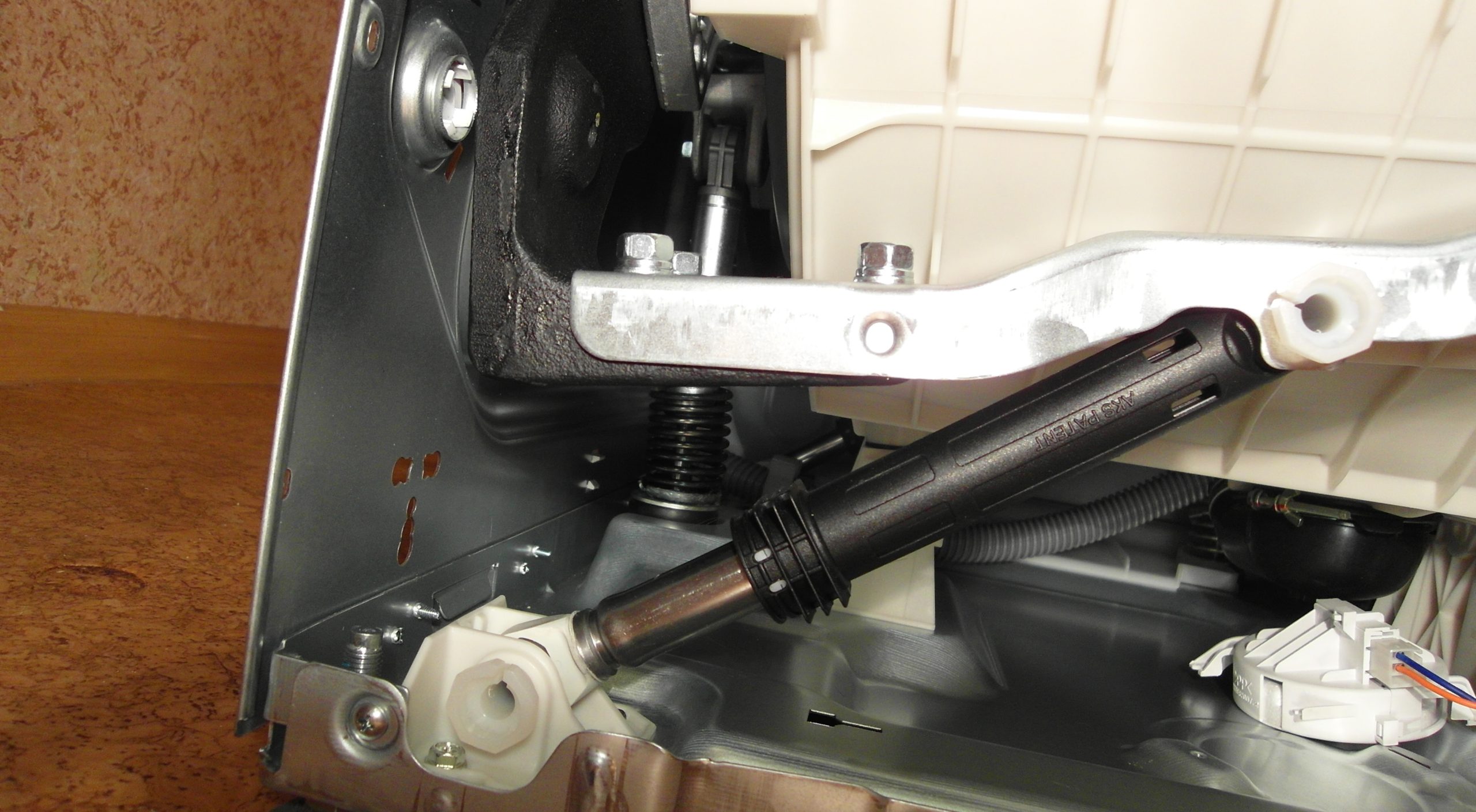
- crumpled linen (for example, when other things accumulate in a hole in the duvet cover);
- excess weight for a specific program (some modes have separate weight restrictions);
- non-compliance with loading standards (there is too much or, on the contrary, not enough laundry in the drum).
If there is an imbalance, the self-diagnosis system will display the corresponding error code.
If the machine was just purchased and started jumping during the first wash, then most likely the reason lies in the transportation bolts that were not removed. They secure the washer drum, protecting the container when transporting equipment, but must be unscrewed before use. You cannot neglect to remove them - otherwise the machine will suffer greatly, and the warranty will not help.
Incorrect installation of the machine also leads to strong vibration during spinning. It’s easy to confirm the guess: we turn off the equipment from the network and try to swing it to the side.If the housing moves from a minor push, then there are obvious problems with the installation. But it’s better to put a building level on the lid of the machine and measure whether the washing machine is level.
Then we check the tank for the presence of foreign objects. Perhaps something hard got inside, causing a jam and further shaking. We proceed like this: open the hatch door, turn on the flashlight and shine a light through the drum, while simultaneously turning the latter.
If Ariston is under warranty, then disassembling the case is prohibited - all work must be carried out at a service center.
If the “culprit” is still not discovered, then we move on to larger problems. First, we pay attention to the shock absorption system, which is precisely “responsible” for smoothing out vibration when the drum spins. Stretched springs and worn dampers cannot perform their task, which leads to jumping and rattling as the tank begins to knock against the body. A knocking noise may also indicate damaged or weakened counterweights. The bearings “sound” differently - crackling and loud grinding.
To localize the breakdown, you need to remove the top and back covers, and then carefully inspect first the dampers, then the counterweights and the bearing assembly. If everything is in order with them, then there are two “culprits” left: a faulty engine or a factory defect.
Let's put our hands to the problem
Having discovered a problem, you can begin direct repairs. The algorithm of actions depends on the nature and scale of the trouble. If the races are caused by an imbalance, then we act like this.
- Forcefully stop the cycle by clicking on “Stop”.
- We drain the water through “Drain” (if the automatic drain is not activated, empty the drum manually by unscrewing the garbage filter).
- Disconnect the washing machine from the power supply.
- We open the drum and try to fix the problem (break the “clump”, add things or remove the excess part).
- We lock the washing machine.
- We connect the machine to the power supply and repeat the start of the cycle.
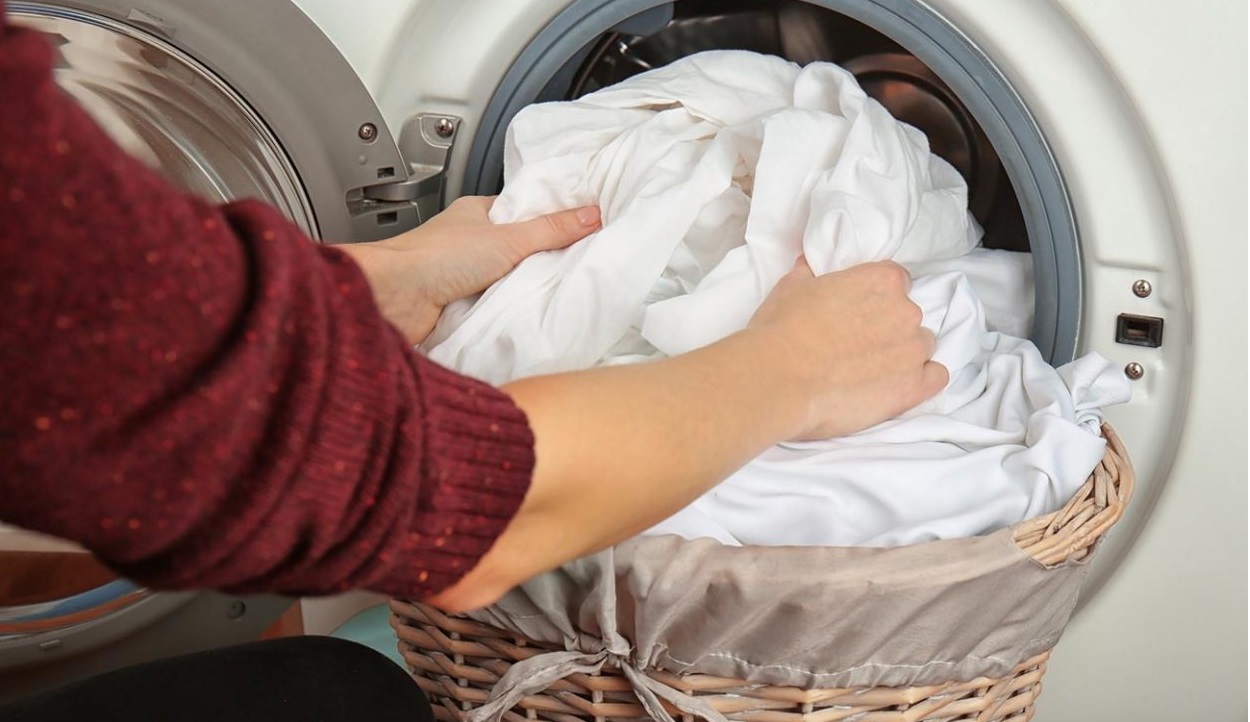
If the equipment fails due to errors made during installation, then all defects must be eliminated. Armed with a building level, we level the surface, and then adjust the legs on the machine itself. It is important that the machine stands as stable as possible. It is recommended to additionally place special anti-vibration pads under the washing machine.
It is more difficult with foreign objects that have entered the tank. Here you need to either try to pick up the thing with a wire, or try to pull it out manually by sticking your hand through the hole under the heating element. In the latter case, you will have to remove the back panel and remove the heater.
If there is insufficient depreciation, replacement is indicated. Moreover, it is necessary to change two dampers at once, even if the second one is perfectly preserved. Removing and installing spring struts is long and difficult: it is better to study a separate article on this topic.
If suspicion falls on the counterweights, then remove the cover and inspect the concrete slabs. Any cracks and chips will inevitably lead to the machine jumping, so damaged blocks must be replaced. For solid concrete, tighten the fasteners with pliers and wrenches. The rotating bolts are removed to make way for new fasteners.
It is very difficult to repair a machine that is dancing due to worn out bearings. It’s better not to experiment, but to immediately contact the service center. Repairing the bearing assembly will require complete disassembly of the machine, followed by pulling out the drum and tapping the shaft.If you want to deal with the problem yourself and at home, read the instructions in the article devoted to this topic.
Bearings and seals must be replaced every 5-7 years.
It's worse if it fails electric motor. It is almost impossible to repair the engine on your own, and you will have to pay a large sum for a new engine. More often, both repair and replacement are unprofitable: it is better not to risk it and immediately purchase another washing machine.
Why are "jumps" so dangerous?
When the washing machine jumps, all its “insides” experience tremendous shaking and pressure. Contacts come loose, parts break, which negatively affects the performance of the machine. In order not to miss the moment when harmless jumps develop into destructive force, it is worth thinking about prevention. These include the following vibration minimizing measures:
- use anti-vibration pads on the legs;
- lay a soundproofing layer behind the back wall;
- give the machine some “air” without placing it close to furniture or a wall;
- comply with loading standards;
- immediately remove the transport bolts;
- check the pockets of items being washed;
- sort laundry by fabric type and size.
You can’t turn a blind eye to a jumping machine - you need to immediately identify and fix the problem. If you can’t diagnose it yourself, you should contact a service center.
Interesting:
Reader comments
- Share your opinion - leave a comment

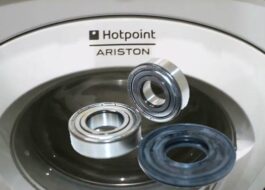

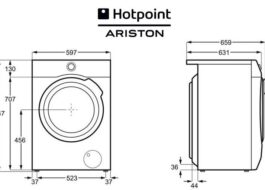
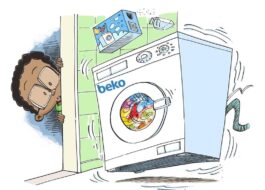
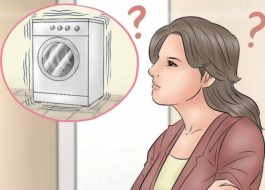
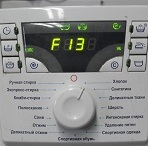














Add a comment